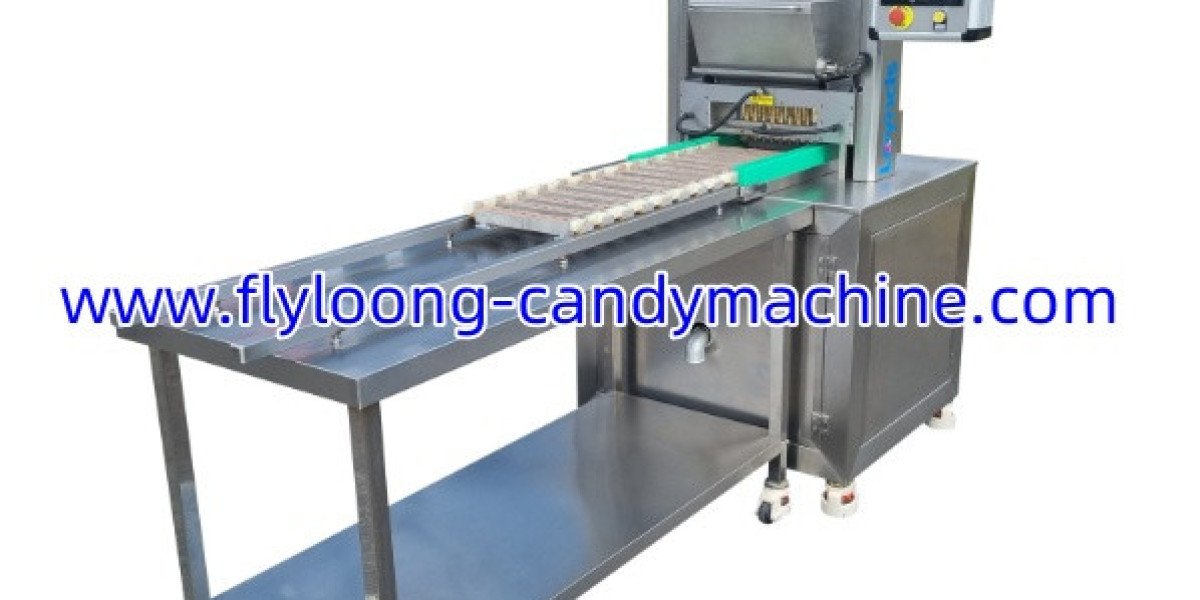The global Beading Wire market is projected to witness significant growth over the forecast period from 2024 to 2030. As part of the broader Consumer Goods sector and falling under the Apparel & Fashion category, beading wire is a vital component in the production of jewelry and fashion accessories. This market has been steadily growing due to rising demand for personalized jewelry, the flourishing DIY (Do-It-Yourself) craft sector, and an expanding fashion industry worldwide.
Beading wire is essential in the crafting of necklaces, bracelets, earrings, and other beaded jewelry items, offering durability, flexibility, and a polished finish. Market dynamics such as consumer preference for high-quality jewelry products, increased interest in custom fashion items, and growing disposable incomes are driving the beading wire market.
The market for beading wire is expected to grow at a compound annual growth rate (CAGR) of 7.5% between 2024 and 2030, with a market value projected to reach USD 4.1 billion by the end of the forecast period.
Get Sample Report of Beading Wire Market @ https://marketintelo.com/request-sample/40072
Market Segmentation and Trends
The beading wire market is segmented based on material type, end-use applications, and geography. Common materials used in beading wire include stainless steel, nylon-coated wire, copper, and aluminum. Among these, stainless steel dominates the market due to its strength, durability, and corrosion resistance, which are essential for the longevity of jewelry pieces.
In terms of applications, the fashion and jewelry industry remains the largest end-user, accounting for the majority of market share. However, a growing DIY segment, where consumers create their own jewelry pieces, is also contributing to the expanding demand. This trend is being amplified by platforms like Etsy and social media, where creators showcase their designs and inspire others to join the DIY movement.
Beading wire is also gaining traction in the textile industry, where it is being incorporated into fashion accessories and decorative elements. Innovations in beading wire, including the development of more flexible and lightweight materials, are further fueling market growth.
Material Type Dominates the Market
When broken down by material type, stainless steel beading wire holds the largest share of the market. This is attributed to its ability to withstand wear and tear, its corrosion resistance, and its versatility in various jewelry-making applications. The flexibility of stainless steel wire also ensures that it is easier to work with, which is a key consideration for both professionals and hobbyists.
Other material types like nylon-coated wire, copper, and aluminum are also seeing increasing demand, particularly in the affordable jewelry segment, where cost-effectiveness is a priority.
Get Sample Report of Beading Wire Market @ https://marketintelo.com/request-sample/40072
Regional Market Outlook
Geographically, North America and Europe have traditionally been dominant markets for beading wire, driven by the well-established jewelry-making industries and the presence of large consumer bases interested in DIY crafts. However, the Asia Pacific region, particularly China and India, is witnessing rapid growth due to a burgeoning middle class, increased interest in fashion and jewelry, and the growing popularity of DIY culture.
The growing number of online craft stores and e-commerce platforms has enabled consumers in emerging markets to access a wider range of beading wire products, further stimulating market demand.
Read Full Research Study: https://marketintelo.com/report/beading-wire-market
Key Market Drivers
1. Growth in the Jewelry and Fashion Industry
The global jewelry industry is a major driver of the beading wire market. With the increasing interest in unique and personalized jewelry, more consumers are opting for handmade jewelry pieces. This trend is particularly noticeable among younger generations who are more inclined to customize their accessories to match personal tastes.
As consumer preferences shift towards one-of-a-kind jewelry items, the demand for beading wire is set to rise. This is further supported by the growing trend of sustainable and eco-friendly fashion, where consumers seek non-toxic and environmentally responsible materials for their jewelry.
2. Popularity of DIY Crafts
The DIY segment is witnessing an upsurge in interest, particularly in the wake of the COVID-19 pandemic when many consumers turned to crafting as a hobby. Beading wire has become a staple in the DIY craft market, as people explore making their own jewelry pieces from home. This segment is particularly strong in regions like North America and Europe, where online marketplaces for handmade goods are thriving.
The rise of social media platforms like Instagram and Pinterest has also contributed to the growth of the DIY culture, as users post tutorials and share their creations, inspiring others to try their hand at jewelry making.
3. Technological Advancements in Beading Wire
Technological innovations in beading wire manufacturing are enhancing product quality and performance. Newer materials and coatings are being developed that offer increased durability and flexibility, further increasing their appeal for both industrial and hobbyist applications. These advancements are expected to lead to more sophisticated designs in jewelry, further driving the market forward.
Competitive Landscape
The global beading wire market is highly competitive, with several leading players vying for market share. Key companies in this space include Beadalon, Soft Flex Company, Artistic Wire, and several regional players who cater to local markets.
Companies in the market are focusing on expanding their product lines and improving customer service to capture a larger share of the market. Product innovation, as well as an increasing emphasis on sustainability and eco-friendly products, is also helping companies differentiate themselves in a crowded market.
Strategies Adopted by Key Market Players
The competitive landscape in the beading wire market is characterized by a blend of global and regional companies. Leading players are investing in research and development to introduce new and improved products. For instance, Beadalon has introduced a range of stainless steel beading wires that are known for their strength and flexibility. Similarly, Soft Flex Company is focusing on creating a wide array of beading wire options for both professional and DIY jewelry makers.
The market also sees a trend towards online retailing, with brands utilizing e-commerce platforms to reach customers directly. This approach has enabled both established companies and new entrants to cater to the growing demand for beading wire products across various regions.
Market Outlook and Forecast
The global beading wire market is poised for steady growth over the forecast period. By 2030, the market is expected to reach a value of USD 4.1 billion, growing at a CAGR of 7.5% from 2024 to 2030. The growth is driven by a combination of factors, including the continued expansion of the fashion industry, increased interest in DIY jewelry making, and technological advancements in beading wire products.
As consumer preferences continue to shift towards customization and sustainability, the beading wire market is expected to evolve with new materials and innovative solutions that cater to these changing demands.
Get Sample Report of Beading Wire Market @ https://marketintelo.com/request-sample/40072
Conclusion
In conclusion, the Beading Wire Market is on a growth trajectory, with expanding opportunities across various regions and market segments. The increasing interest in customized jewelry, the rise of DIY culture, and advancements in technology are expected to drive demand for beading wire in the coming years. With a projected market size of USD 4.1 billion by 2030 and a CAGR of 7.5%, the future of this market looks promising.
Related Report








